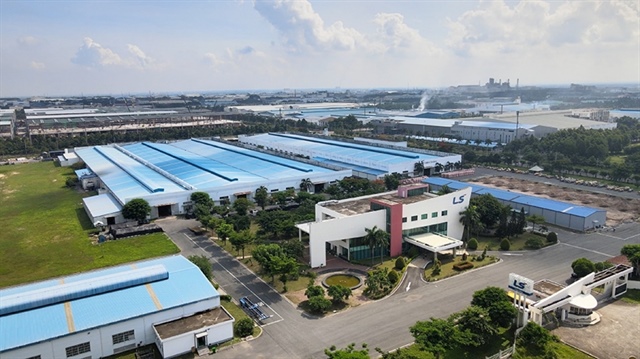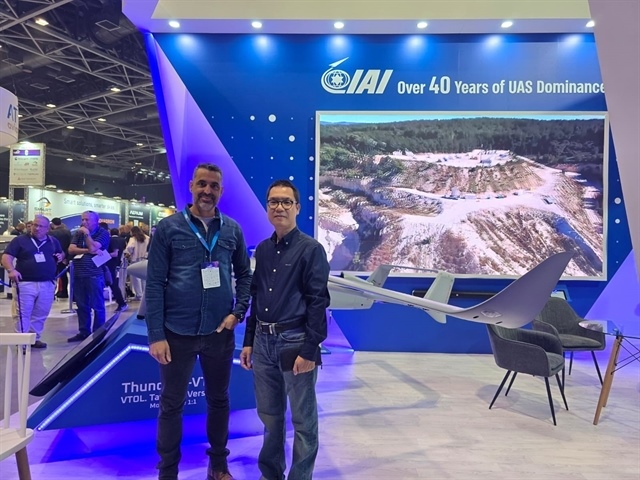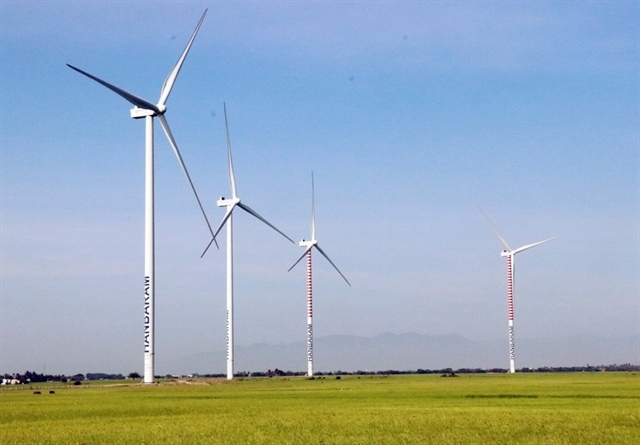Vicem cements its future
Vicem cements its future
Vicem chairman Luong Quang Khai stresses the state cement conglomerate’s readiness to accelerate business restructuring and finalise equitisation by 2015.

Vicem and its three member units Vicem Haiphong, Tam Diep and Hoang Thach are working on equitisation plans. Are there hindrances blocking the process?
In reality, Vicem and its member units have embraced equitisation for many years now.
At this time, Vicem is simultaneously handling two duties. First, bettering capacity and brand value to become well-prepared for equitisation and second is seeking approval for restructuring plan, selecting a consultant unit to draw equitisation plans of parent company Vicem and three member units, with the target of completing the push by 2015.
Low consumption is Vicem’s current largest challenge, but when the market shows improvements, Vicem’s member units can quickly grasp development opportunities thanks to good preparation.
Equitising brings changes from single to multi ownership with complex business governance procedures. True?
I believe Vicem’s changing ownership model will be a smooth process since the core target remains bettering operational efficiency based on a fresh system of regulations.
Everything would be okay if three following issues were effectively addressed: Companies report good operation in post-equitisation process, bringing benefits to shareholders and fulfilling obligations towards the state and their labourers.
However, greater attention must be paid to corporate governance. Vicem is making strenuous efforts to apply modern management tools to its member units with clear decentralisation among members in the management.
Enterprise valuation has always proven a hard and complex issue in equitisation roadmap, particularly in setting enterprises’ intangible values. What’s about Vicem?
It is not a big challenge when openness and transparency is in place together with good preparations and obedience to current state regulations.
In fact, many of our member units like Vicem Hoang Mai, But Son and Bim Son have completed conversion plans without a hitch.
However, I want to note that for cement plants, besides setting the workshop, machinery, product or material value, it is not simple to valuate the plant’s prospective future value which is its position, land factor, other resources and their ability in entire system’s product supply chain. Besides, a plant’s value also depends on investors’ development outlook, business strategy, and their demands.
Do you expect to reap big results after being equitised?
Basically, most of Vicem’s equitised members have been operating effectively. However, it is true that part of state-owned enterprises (SOEs) did not report progress after being equitised.
How is Vicem handling the government’s major instructions towards SOE restructuring?
Right from 2009 when hiring consultant to draw Vicem development strategy, our corporation was set to focus on main operation as cement business only.
Vicem’s non-core investments are worth more than VND200 billion ($9.5 million) only. Of this, a big capital proportion was channeled into two rubber businesses and we will consider exist at a suitable time. Part of the capital was put into cement packaging and building material production and we are lowering the capital stake in this field.
At this time, the Ministry of Construction has completed evaluating Vicem’s restructuring plan and has submitted it to the government for approval.
vir






















